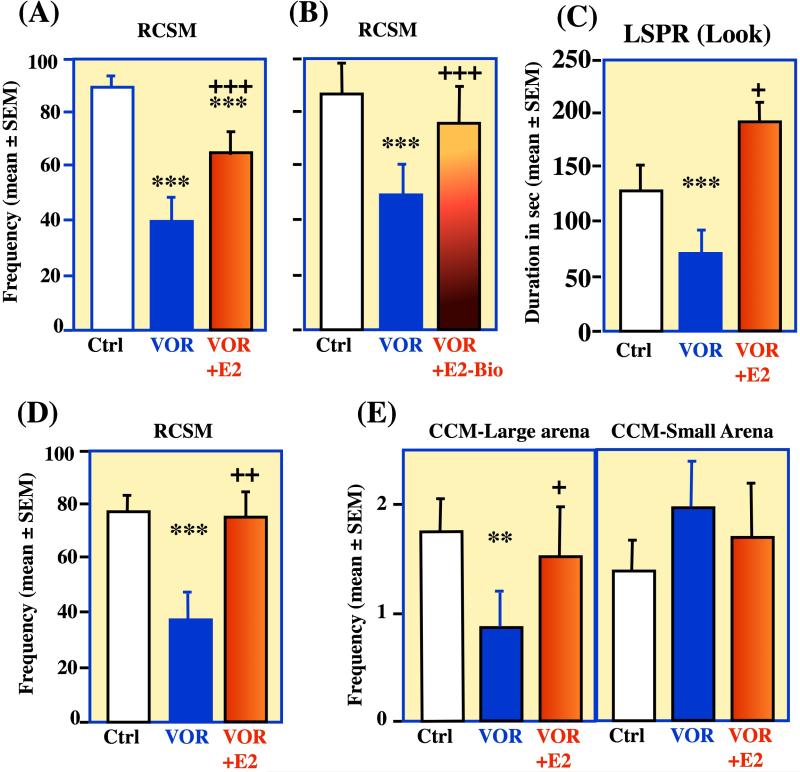Figure 3. Schematic presentation of the dual action of estrogens hypothesis.
The figure illustrates the overlapping dichotomies between the cellular mechanisms mediating estrogens action (A-B), the separate controls of sexual motivation and sexual performance (C-D) in male quail, and the appetitive and consummatory phases of drug addition in rats and mice (E-F). A. Estrogens such as estradiol-17β (E2) signal at the membrane level by binding to estrogen receptors located at this level only (GPR30, Gq-mER) or to a receptor that is found both in the nucleus and at the membrane (ERα, ERβ) but is associated at the membrane with a metabotropic glutamate receptor (mGluR). This modifies the activity of intracellular signaling cascades that affect behavior either directly or via indirect genomic effects. B. Alternatively, steroids including E2 bind to intracellular receptors that will then act as ligand-activated transcription factors to modulate production of new mRNA and new proteins that will affect behavior. C. E2 rapidly modulates appetitive sexual behavior in male quail such as the rhythmic contractions of the cloacal gland or the learned social proximity response illustrated here (male looking at a female through a narrow “window”) by acting at the neuronal membrane level. D. A more prolonged action of E2 presumably at the nuclear level is needed to activate copulatory behavior sensu stricto illustrated here by the cloacal contact of a male with a female. E. The appetitive responses displayed by rodents to have access to a drug, such as lever pressing on a progressive ratio of operant conditioning, are increased within 30 minutes by an E2 treatment acting presumably via an ER associated at the membrane level with a mGluR. F. In contrast, consummatory self-administration of drug by intracerebral injections as observed in a FR1 schedule of operant conditioning (each lever pressing results in drug delivery) seems to be affected after only several days of exposure to E2, suggesting a genomic control by the steroid. See text for additional explanations.

